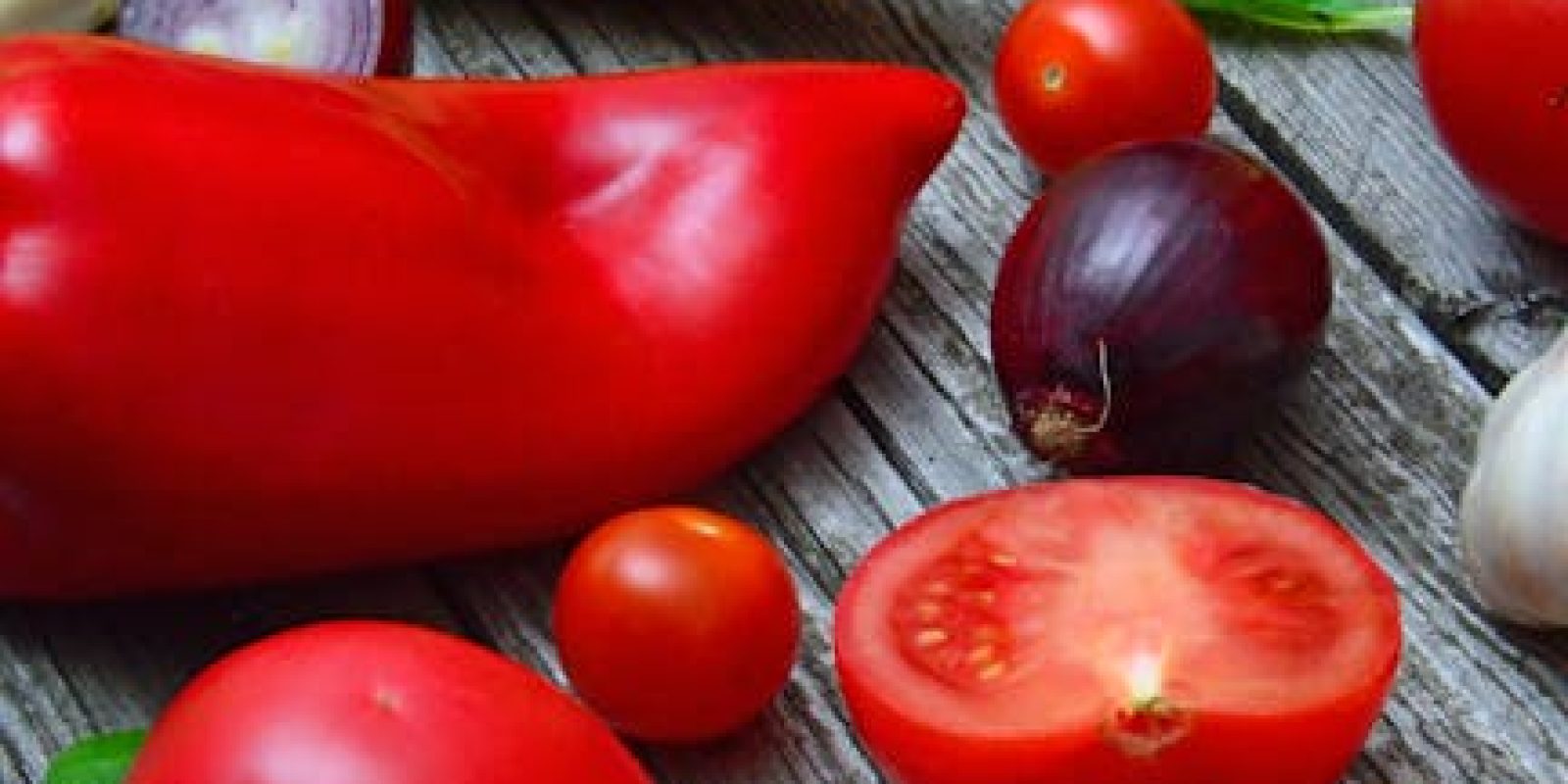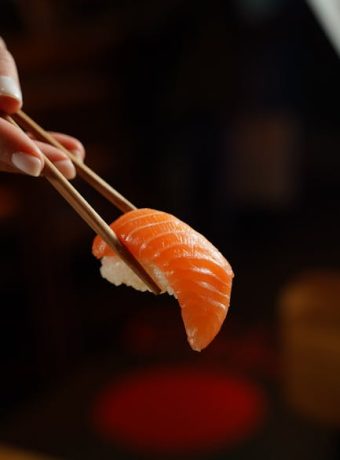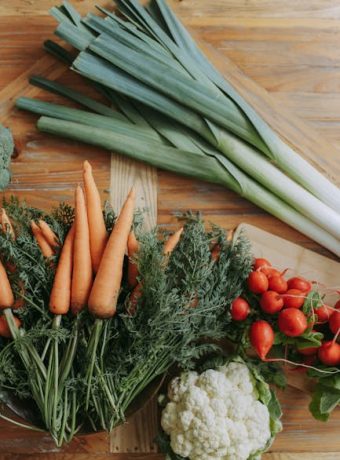Seasonal Fruits: Best Fall Fruits for Jams and Jellies 🍂
Fall is a magical season, filled with vibrant colors, cozy sweaters, and the delightful aroma of homemade jams simmering on the stove. As the leaves change, so does the availability of fresh produce. This is the perfect time to explore the best fall fruits for making jams and jellies that capture the essence of the season. Let’s dive into a world of delicious possibilities!
Table of Contents
- Apples: The Classic Choice 🍏
- Pears: Sweet and Subtle 🍐
- Cranberries: Tart and Tangy 🍒
- Grapes: A Juicy Delight 🍇
- Conclusion: Your Fall Fruit Adventure Awaits!
- FAQs
Apples: The Classic Choice 🍏
Apples are synonymous with fall, and for good reason. Their crisp texture and sweet-tart flavor make them ideal for jams and jellies. Whether you’re picking them fresh from an orchard or grabbing a bag at the market, apples offer versatility and a nostalgic nod to autumn.
To make apple jam, consider combining different varieties for a more complex flavor. Think Granny Smith for tartness and Honeycrisp for sweetness. Add a sprinkle of cinnamon or a dash of nutmeg to enhance the fall essence in your preserves!
Pears: Sweet and Subtle 🍐
Pears bring a delicate sweetness and buttery texture to the table, making them perfect for a smooth and subtly flavored jam. Bosc and Bartlett pears are popular choices for preserving, as they hold their shape and flavor well during the cooking process.
Try pairing pears with spices like ginger or vanilla for a sophisticated twist. You can even mix pears with other fruits like apples or cranberries for a unique blend that will keep everyone coming back for more.
Cranberries: Tart and Tangy 🍒
Nothing says fall quite like cranberries. These small, vibrant berries pack a punch with their tartness, making them a fantastic choice for jellies. Their natural pectin content helps to create a firm set, perfect for spreading on toast or serving alongside holiday meals.
For a simple cranberry jelly, combine cranberries with sugar and a touch of orange zest. The citrus adds a refreshing brightness that balances the tartness beautifully.
Grapes: A Juicy Delight 🍇
Grapes aren’t just for wine! They can also be transformed into a luscious jelly that’s sure to please. Concord grapes, in particular, are known for their deep purple color and rich flavor, making them a popular choice for homemade jellies.
To make grape jelly, simply cook the grapes down, strain out the skins and seeds, and mix the juice with sugar. It’s a straightforward process that results in a classic treat, perfect for PB&J sandwiches or as a glaze for meats.
Conclusion: Your Fall Fruit Adventure Awaits!
As the air turns crisp and the days grow shorter, take advantage of the fall harvest to create jams and jellies that will warm your heart and delight your taste buds. Whether you stick to the classics like apple or venture into the more adventurous flavors with cranberries and pears, each jar will be a little piece of the season preserved for later enjoyment. Happy jamming! 🎉
FAQs
What is the best fruit to use for fall jams?
Apples, pears, cranberries, and grapes are all excellent choices for fall jams due to their seasonal availability and unique flavors.
How can I ensure my jam sets properly?
Use fruits high in pectin like apples and cranberries, or add commercial pectin to your recipe. Also, ensure you cook the mixture to the right temperature, usually around 220°F (104°C).
Can I mix different fruits together in my jam?
Absolutely! Combining fruits like apples and pears or cranberries and grapes can create interesting and delicious flavor profiles.
Do I need special equipment to make jam?
Not really. A large pot, a sturdy spoon, jars for canning, and a candy thermometer are the basics you’ll need to get started.
How long do homemade jams last?
When properly sealed and stored in a cool, dark place, homemade jams can last up to a year. Once opened, keep them refrigerated and consume within a month.



